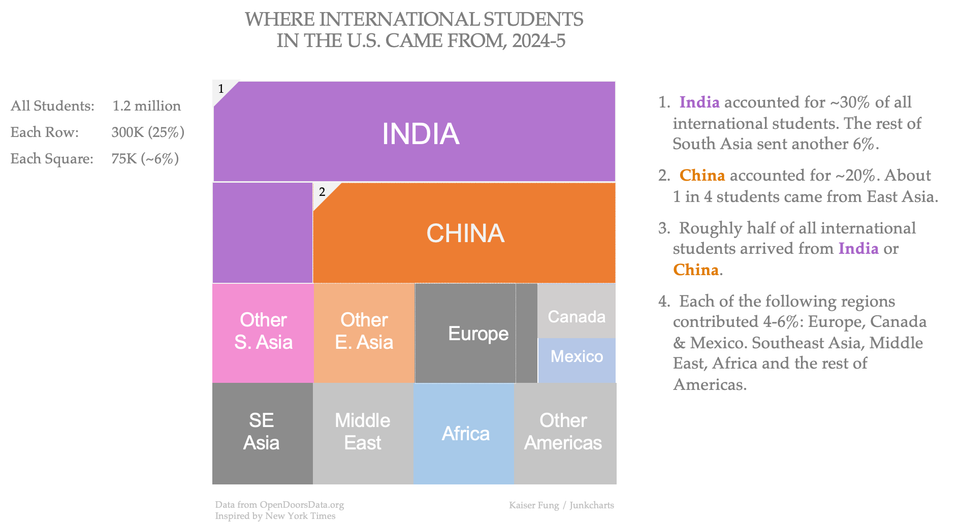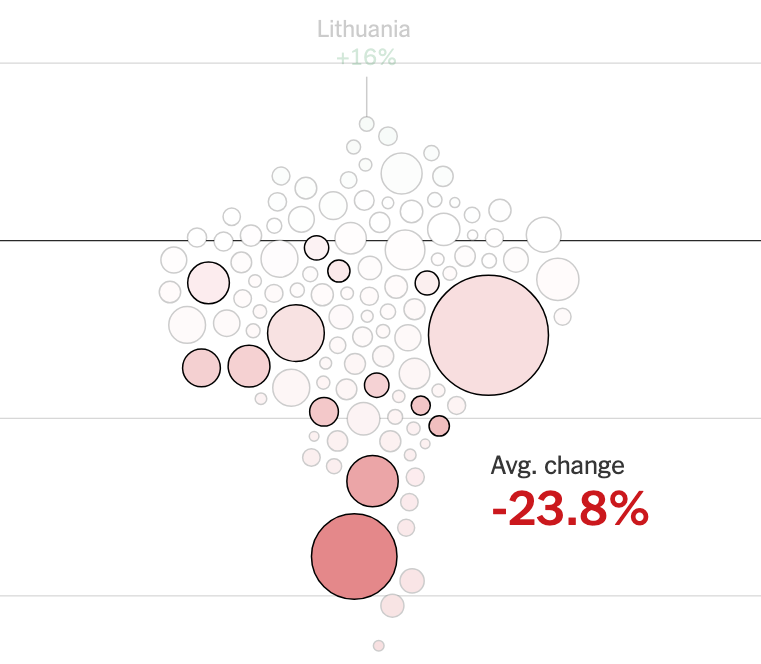How many gigs?
Counting people in the gig economy

During a recent interview, I was asked an excellent question: how does the gig economy affect the accuracy of our employment statistics?
The short answer is: it shouldn't have a large impact.
Nevertheless, a quick web (or AI) search suggests that certain experts have put up arguments claiming that official statistics under-count gig workers.
That's hard to believe.
Let's start with how BLS (Bureau of Labor Statistics) counts employment. The primary source is the Current Population Survey (CPS). A random sample of households are contacted, and asked a bunch of questions. The key question related to their employment status is whether they worked at least one hour during a so-called "reference week." Anyone who responded yes is counted as an employed person.
I did just say "person." Because the CPS survey - by extension, the unemployment rate - counts people, not jobs. It doesn't matter if a gig worker has five jobs; working just one hour during that week for any single employer is sufficient for him/her to be counted as employed. Thus, all gig workers who work one hour or more should already be counted.
Those people who allege under-counting make the following argument: they assert that some gig workers do not see their gigs as "work," and therefore when contacted by BLS data collectors, they would proclaim themselves unemployed.
As we are now years deep after the emergence of the gig economy, I don't believe the claim that gig workers see themselves as not working.
Conversely, there is an argument to be made that the transition into the gig economy may artificially inflate the number of employed people.
Take an adjunct professor as an example of a gig worker. The university has turned a single teaching job previously held by a single person into several adjunct teaching jobs held by different people. In fact, the administration probably hires an accountant whose job is to make sure that each adjunct professor doesn't work too many hours, as otherwise, the school must treat him/her as an employee with benefits.
Since only one hour of work suffices to qualify as employed, each of the adjunct professors count as an employed person. This splitting of one job into several pushes the number employed upwards.



